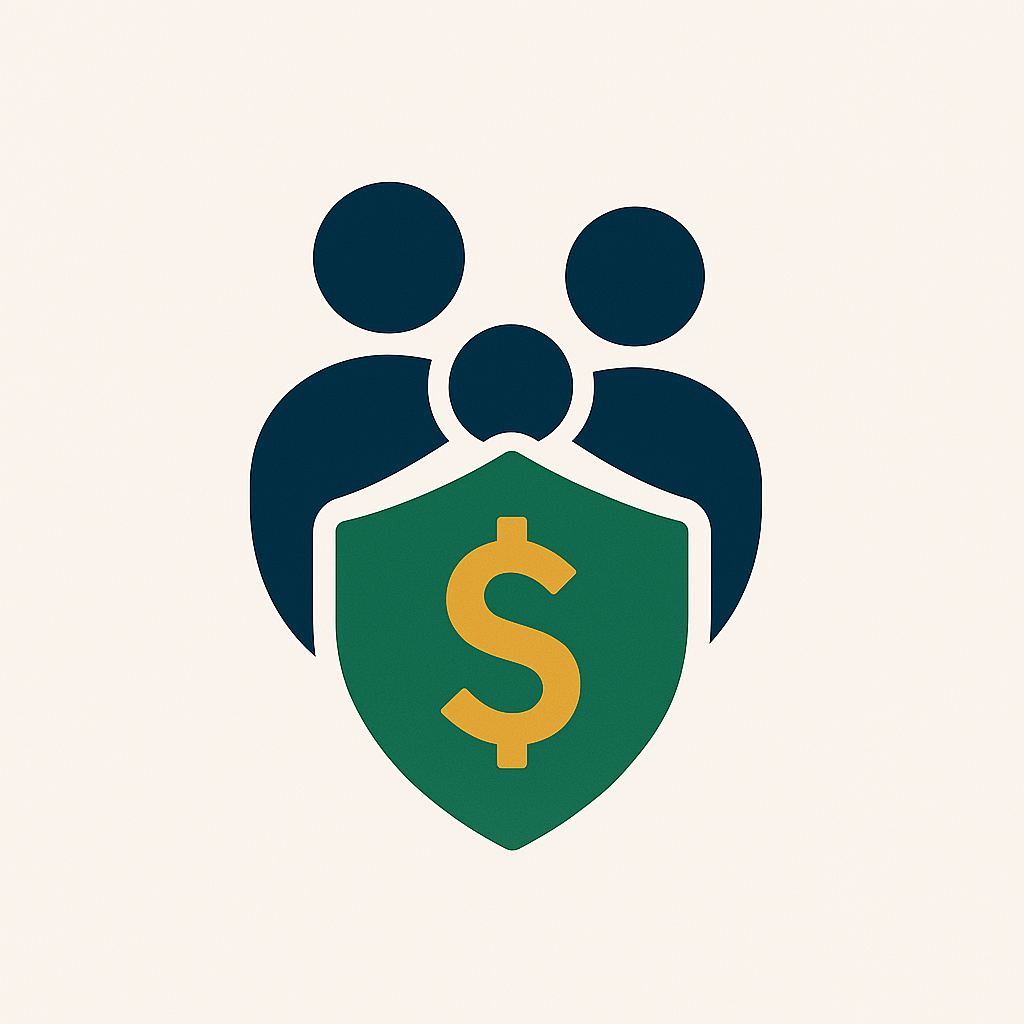My Realistic Monthly Budgeting Routine (A Breakdown)
The Importance of Budgeting: A Step-by-Step Guide
In today’s fast-paced world, managing finances can feel overwhelming. With so many bills to keep track of and so many financial goals to achieve, staying on top of your finances can be a constant struggle. However, budgeting is a powerful tool that can help you regain control of your finances and achieve your financial goals.
What is Budgeting?
A budget is a plan that outlines your income and expenses for a specific period of time, typically a month. By tracking your spending and allocating your money accordingly, you can create a realistic picture of where your money is going and where you can cut back.
How to Create a Realistic Monthly Budgeting Routine
1. Track Your Income
The first step to creating a budget is understanding where your money comes from and where it goes. Start by tracking your income for the past few weeks, including your salary, side hustles, and any other sources of income.
2. Track Your Expenses
Next, track your expenses for the same period of time. This includes everything from your rent and utilities to your groceries, entertainment, and other necessities. Use a budgeting app, spreadsheet, or even a pen and paper method to record your expenses.
3. Analyze Your Results
Once you have a good understanding of your income and expenses, take some time to analyze your results. Identify areas where you can save money, such as subscriptions you don’t use, eating out less, or negotiating your bills.
4. Create a Budget
Based on your analysis, create a budget that allocates your income to different categories, such as housing, food, transportation, and savings. Aim to allocate at least 20% of your income to savings and investments.
5. Review and Adjust
Your budget is not set in stone; it should be reviewed and adjusted regularly to reflect your changing income and expenses. It’s important to adjust your budget as needed to stay on track and achieve your financial goals.
6. Automate Your Payments
One of the best ways to ensure you stick to your budget is to automate your payments. This means setting up automatic transfers from your checking account to your savings and investment accounts on a regular basis.
7. Stay Motivated
Budgeting can be challenging, but it’s an essential tool for achieving financial stability. Stay motivated by setting realistic goals, tracking your progress, and celebrating your successes along the way.
Conclusion
Creating a realistic monthly budgeting routine requires discipline and commitment, but it can be incredibly rewarding. By following these steps, you can regain control of your finances, achieve your financial goals, and live a more financially secure life. Remember, budgeting is not a one-time exercise; it’s an ongoing process that requires adjustments as your income and expenses change over time. By staying committed and adjusting your budget as needed, you can create a sustainable financial plan that sets you on the path to achieving your financial goals.

Leave a Reply